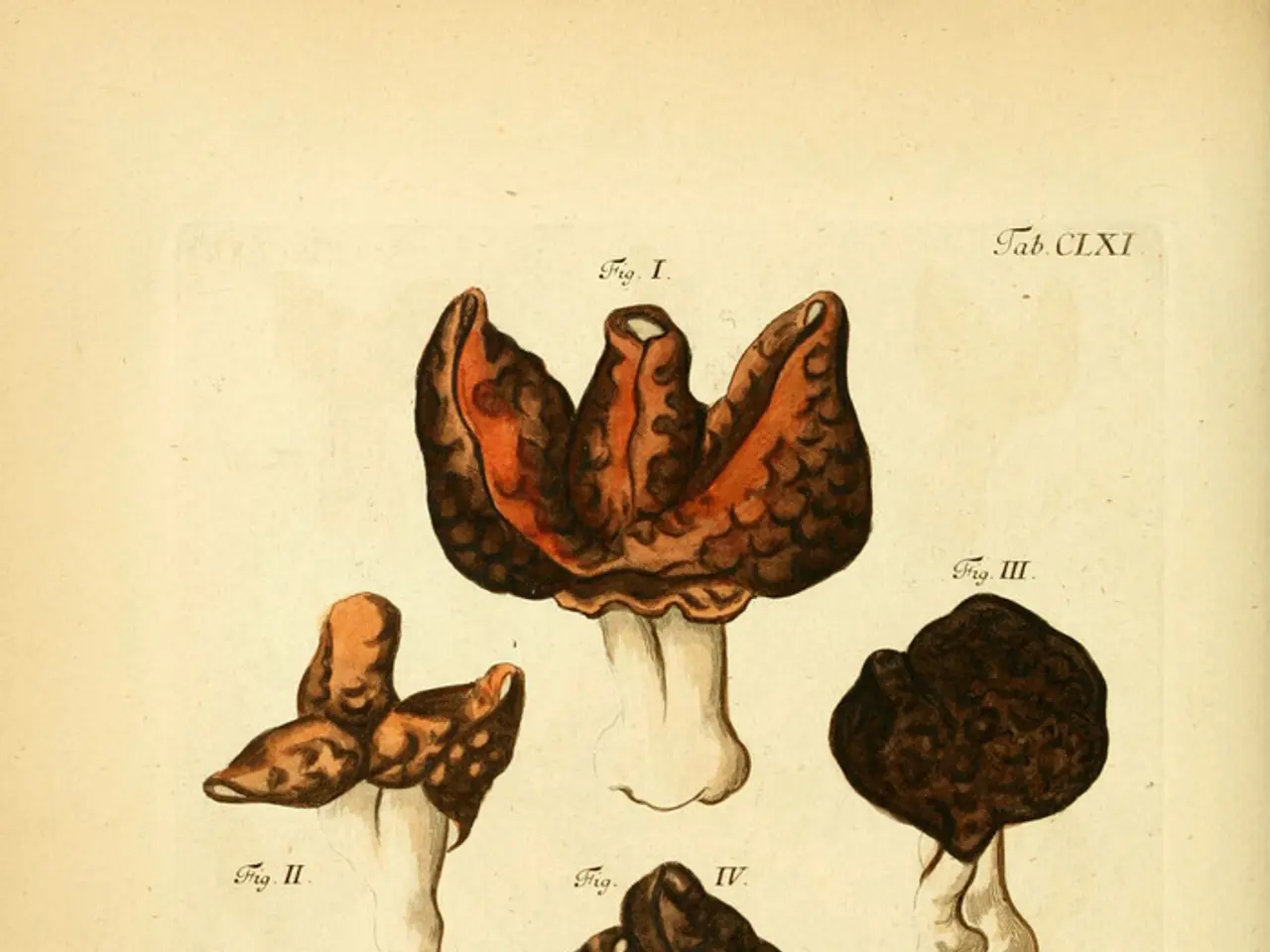Groundbreaking Study Reveals Evolution of Organelles in Cells
A groundbreaking study published in Science Advances on March 19, 2025, has shed new light on the evolution of organelles in cells. The research, led by Prof. Dr. Eva Nowack and her team, explores the fascinating journey of organelles from independent cells to their incorporation into host cells over time.
The study focuses on the trypanosomatid Angomonas deanei, which houses a single β-proteobacterial endosymbiont. This endosymbiont is believed to have been acquired from a common ancestor around 40 to 120 million years ago. The research reveals that the host cell produces a protein called ETP9, which controls the division of the endosymbiont. Without ETP9, the endosymbiont forms long, thread-like structures with multiple division sites.
The endosymbiont in A. deanei is an intermediate stage between an endosymbiotic bacterium and an organelle. It has lost genes essential for its autonomous survival, now controlled by the host cell's nucleus. Prof. Nowack's team is investigating how and how quickly this assimilation process occurs, providing valuable insights into the evolution of organelles.
The study, published with the DOI 10.1126/sciadv.adp8518, offers a compelling look into the past of our cells. By understanding how organelles evolved, we gain a deeper appreciation for the complex and interconnected world of life at the cellular level.




